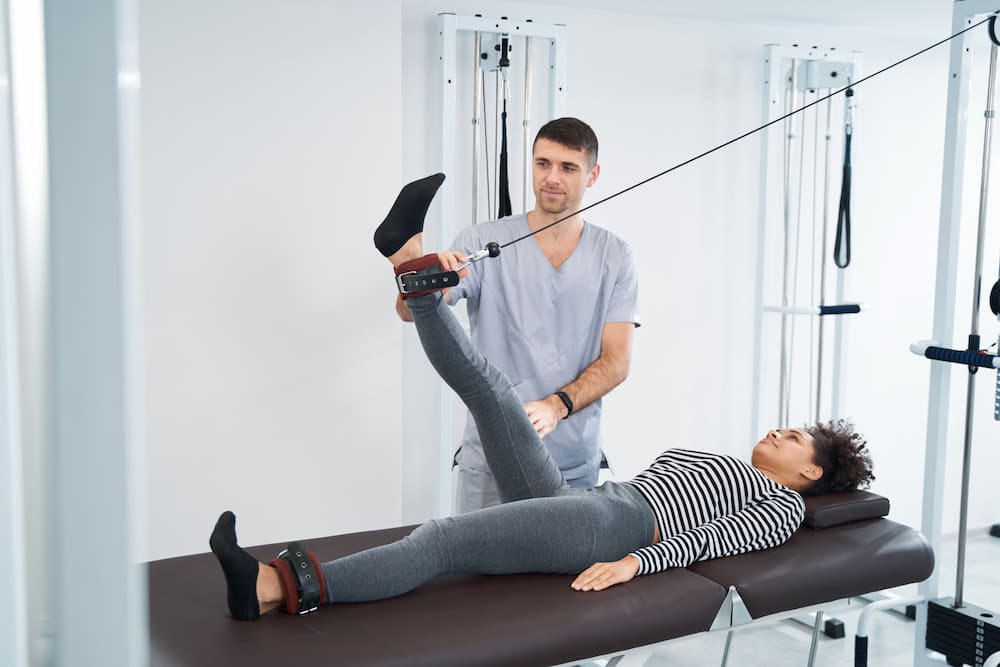
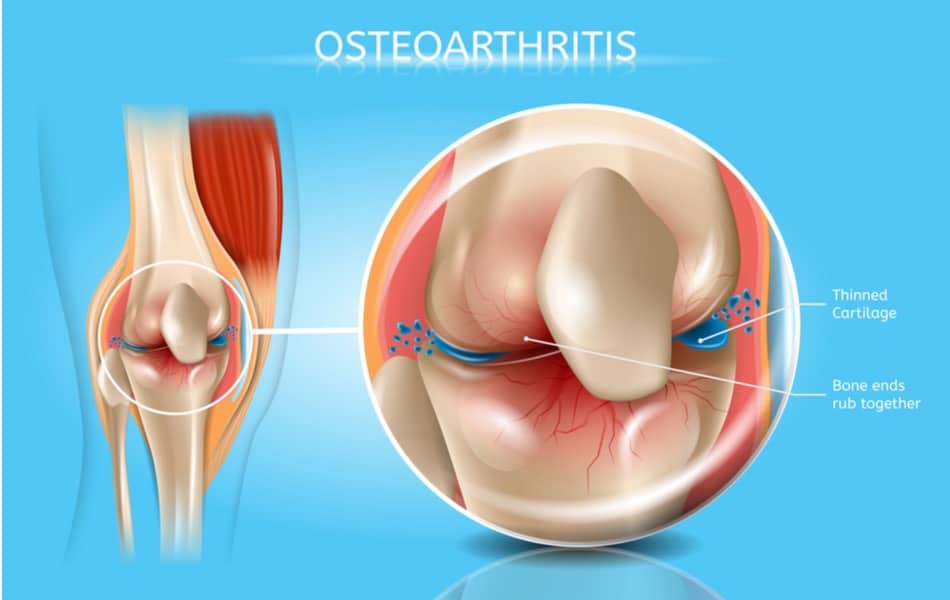
Osteoarthritis, commonly known as wear-and-tear arthritis, is a condition in which the natural cushioning between joints, called cartilage wears away. When this happens, the bones of the joints have less space and shock absorption so will rub more closely against one another. The friction between the bones results in pain, swelling, stiffness, decreased ability to move and, sometimes, the formation of bone spurs.
Osteoarthritis is the most common type of arthritis. While it can occur even in young people, the chance of developing osteoarthritis rises after age 45, as our ability to heal from injury decreases.
Almost everyone will eventually develop some degree of osteoarthritis. However, several factors increase the risk of developing significant arthritis at an earlier age.
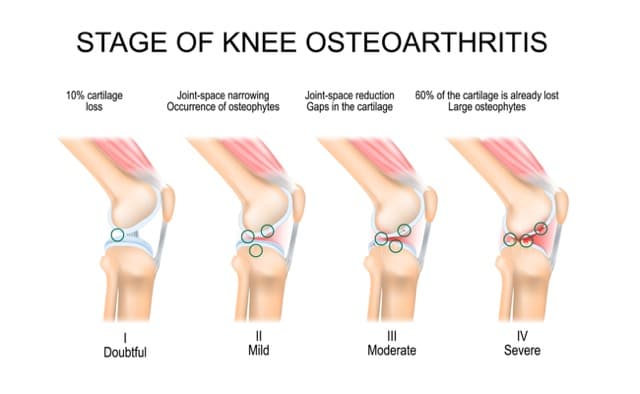
Weight. Weight increases pressure on all the joints, especially the knees. Every pound of weight you gain adds 3 to 4 pounds of extra weight on your knees.
Heredity. This includes genetic mutations that might make a person more likely to develop osteoarthritis of the knee. It may also be due to inherited abnormalities in the shape of the bones that surround the knee joint.
Gender. Women ages 55 and older are more likely than men to develop osteoarthritis of the knee.
Repetitive stress injuries. These are usually a result of the type of job or hobbies a person has. People with certain occupations that include a lot of activity that can stress the joint, such as kneeling, squatting, or lifting are more likely to develop osteoarthritis of the knee because of the constant pressure on the joint.
Sports. Certain sports may be at higher risk for developing osteoarthritis of the knee. That means athletes should take precautions to avoid injury. However, it’s important to note that regular moderate exercise strengthens joints and can decrease the risk of osteoarthritis. In fact, weak muscles around the knee can lead to osteoarthritis.
Other illnesses. People with rheumatoid arthritis, the second most common type of arthritis, are also more likely to develop osteoarthritis. People with certain metabolic disorders, high insulin, high glucose, high inflammatory markers, iron overload or excess growth hormone, also run a higher risk of osteoarthritis.
Our diet. What we eat can also contribute to osteoarthritis. If we are eating the Standard American Diet, including breads, cereals, pasta, seed oils, and too much sugar we are creating more inflammation in our joints and adding gasoline on the osteoarthritis fire.
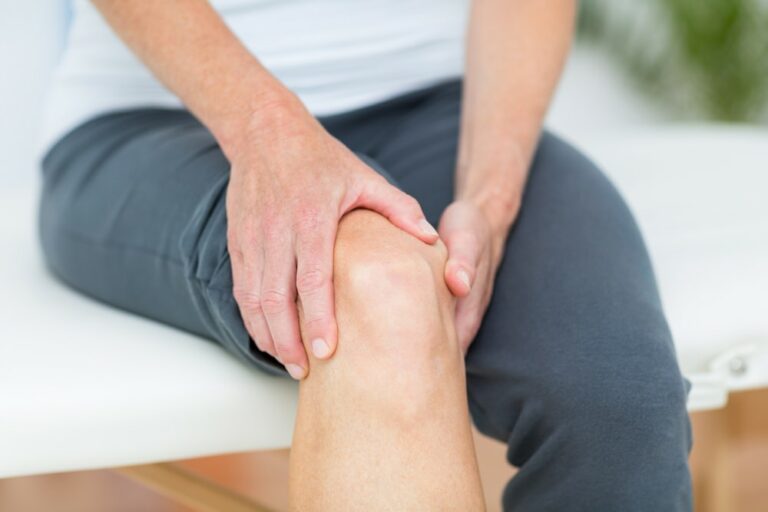
Symptoms of osteoarthritis of the knee may include: pain that increases when you are active, but gets a little better with rest, swelling, feeling of warmth in the joint, stiffness in the knee, especially in the morning or when you have been sitting for a while, decrease in mobility of the knee, making it difficult to get in and out of chairs or cars, use the stairs, or walk, creaking, and crackly sound that is heard when the knee moves.
The primary goals when treating osteoarthritis of the knee are to relieve the pain, improve joint motion and return mobility and activities. The treatment plan will typically include a combination of the following:
Call our office to find out which therapy would be right for you 386-320-0325

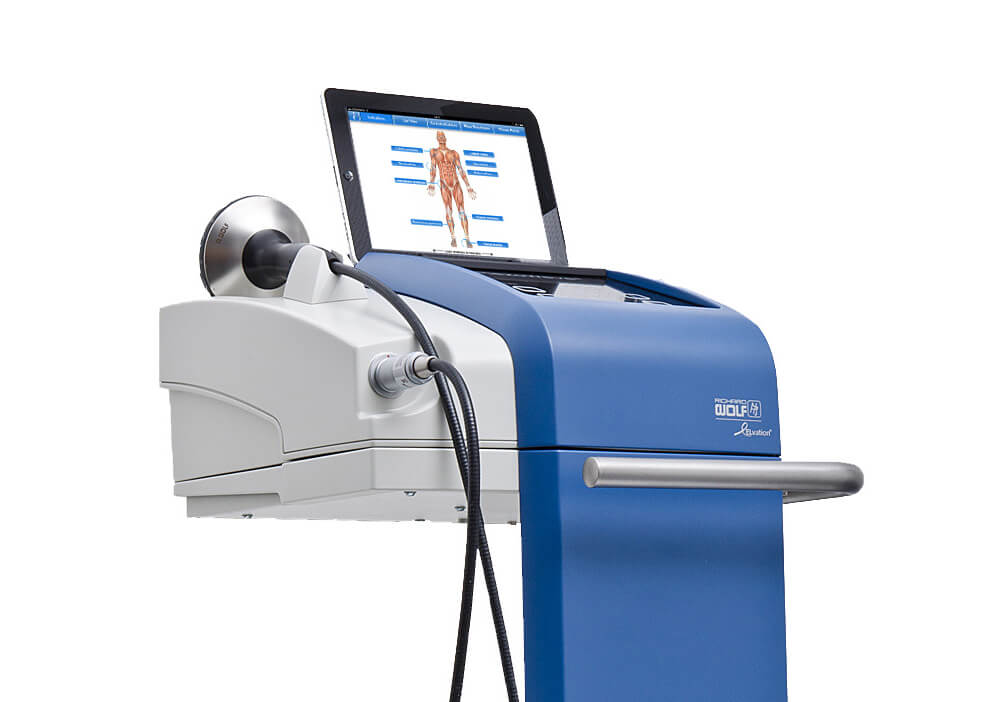
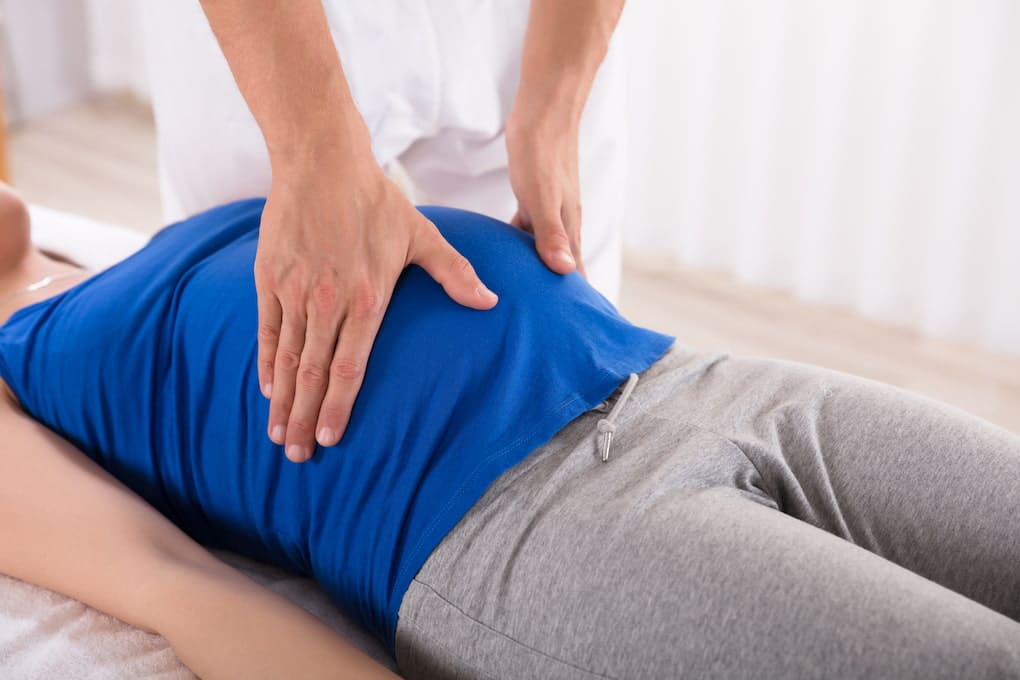
Call us today at (386)-320-0325 for relief of your whiplash symptoms or for assistance in reaching optimal health.
